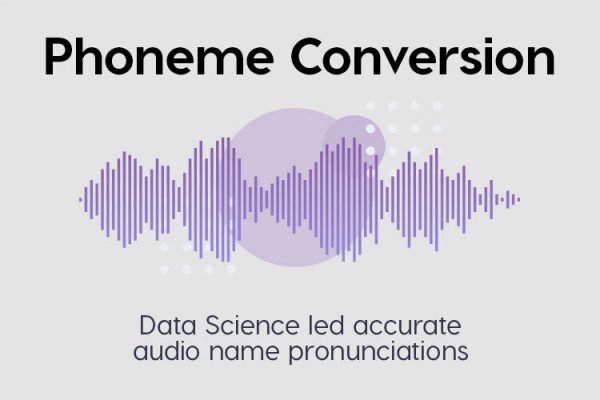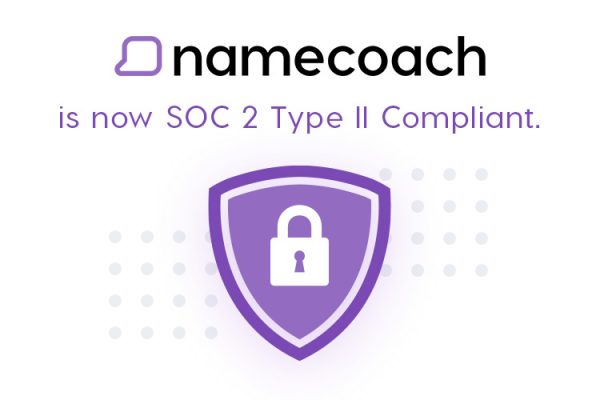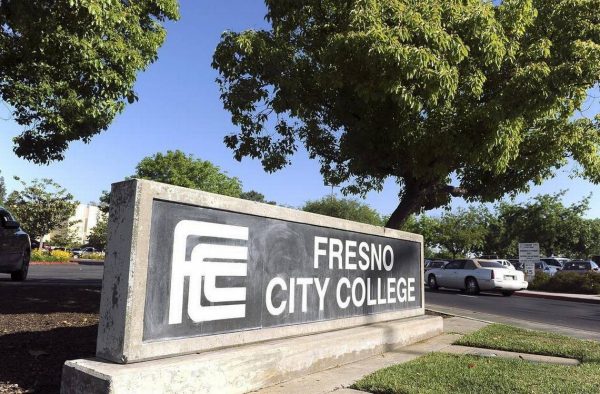
Image Credit: Christina @ wocintechchat.com on Unsplash
Names matter in (oh so) many ways. For example, there are complex entanglements between names and socio-cultural identities (Pilcher 2016). So, if people’s names are misspelt/mispronounced, their individual and socio-cultural identities are misrepresented – and they may feel disrespected and excluded as a result.
In the Say My Name study, we explored experiences of the pronunciation of students’ names within universities in England. We interviewed students whose names might be subject to mispronunciation by their educators, and we also asked educators about their experiences.
We used findings from our study to identify some top tips for educators – what to do, and what not to do. But, of course, our tips can be adapted to aid the correct pronunciation of names in any contexts!
#1 Give students the opportunity to say their own names
Don’t be afraid to ask a student to say their name. Try repeating the name out loud to check your pronunciation. In most cases students are more than willing to help you get their name right. It is seen as a mark of respect and really valued by students. So, if in doubt, just ask!
#2 Give students the space and time to correct your mispronunciations
Especially in a group setting, a student might feel uncomfortable correcting a mispronunciation. Allow time at the end of class so students can talk to you in private or arrange a one-to-one meeting with them.
#3 Avoid public mispronunciation
Often it is mispronunciation in front of a wider audience that is the biggest issue for students. If you plan to ‘cold call’ a student during a class, confirm the correct pronunciation with the student beforehand, or use another resource to ensure correct name pronunciation.
#4 Write the name down or make an audio recording of it
When you’ve heard how to say a name correctly, write it down phonetically or make an audio recording of it, to use as a reminder when speaking to a student.
#5 Don’t avoid saying names that you find difficult to pronounce
Students can tell when their name is being avoided and they don’t like being pointed at or being addressed as ‘mate’ or ‘you in the blue shirt’.
#6 Don’t say “do you mind if I just call you….”
Don’t ask if you can use a student’s surname instead of their first name, or a shortened version of their first name, or any alternative version of their name. Even if a student allows you to use a different name for them, it doesn’t mean they are happy or comfortable with it. Always use their preferred name (see #1!)
#7 If a student corrects your pronunciation of their name, take this onboard
It often takes a lot of confidence and courage for a student to correct an educator – if they do, this shows it is a really important issue for them. Repeated mispronunciation can be particularly offensive and tiresome for students. So, if you are corrected, make every effort to get it right in future.
#8 Always check for autocorrect errors
In your emails to students, always check that autocorrect hasn’t altered the spelling of a name – misspelling of names can cause feelings of frustration. Likewise, check that autocorrect hasn’t altered the spelling of a student’s email address. This can result in missed communications and opportunities for students. Add spellings to your dictionary or turn off autocorrect altogether when sending emails to students.
#9 Talk to your colleagues
Share with colleagues when you know the correct pronunciation of a student’s name. Ask others if you need advice about the pronunciation of a student’s name. Use the language skills of those around you. Some names may seem easy for others to pronounce but difficult for you, and vice versa.
#10 Use technology.
Even if your workplace does not have centrally provided technology to help you say your students’ names correctly, there are many online tools which can guide you. These resources can help you get a student’s name right the first time – something that is really appreciated by those who regularly experience the mispronunciation of their name.
Names are important and getting them right shows respect for students’ identities and heritage. In the words of a student who took part in our study:
“[By misspelling & mispronouncing my name], it seemed certain staff members were failing to uphold the ‘inclusive’ part of the [university’s] equality, diversity & inclusivity statement.”
Dr. Jane Pilcher is Associate Professor of Sociology in the School of Social Sciences at Nottingham Trent University, UK. Jane studies personal naming practices, in terms of identities and bodies, gendered forenames, and also family surname choices in the context of greater diversity and flexibility in contemporary gender identities and family relationships. Jane is the founder and director of the People’s Names Research Network, an affiliation of academics around the world who study personal names. She leads a Leverhulme Trust-funded study examining experiences of names and naming in adoptive family life.
Dr. Hannah Deakin-Smith is a researcher in the School of Social Sciences at Nottingham Trent University, UK. Hannah completed her PhD in the geography department at Loughborough University in 2012, focusing on international student mobility. Hannah was a qualitative researcher on the European Union funded project “POCARIM”, exploring academic mobility. Hannah worked on the Say My Name project examining student and staff experiences of name (mis)pronunciation in higher education. Hannah is now researcher on a Leverhulme Trust-funded study examining experiences of names and naming in adoptive family life.
Jane Pilcher & Hannah Deakin-Smith
Nottingham Trent University, UK.




